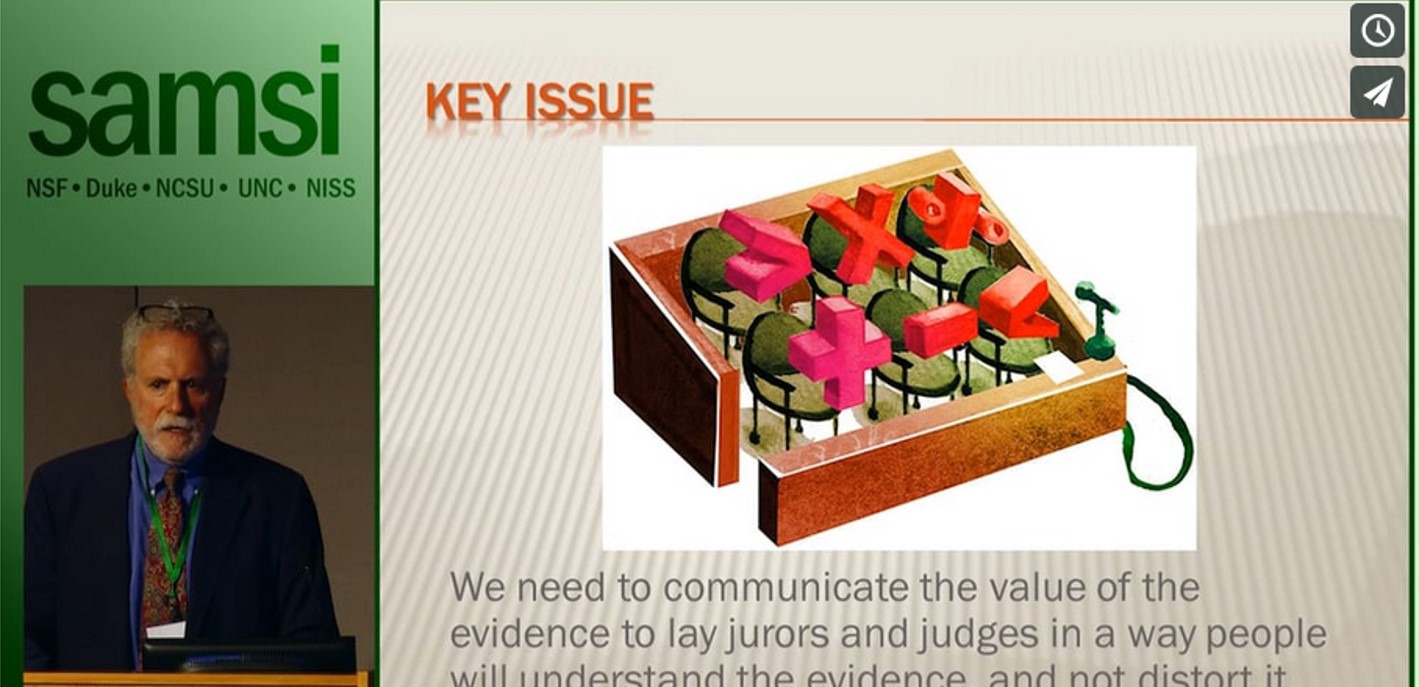Upstream Remedies to Prevent Wrongful Convictions: The Statistical Significance of Research - Peter Neufeld, Innocence Project
August 31, 2015
Keywords:
- Exoneration
- Error rates
- The innocence project
- wrongful convictions
- hair examiners training
- hair microscopy
- Bite marks
- variation
- statistical value of evidence
Abstract
The National Academy of Sciences' 2009 report, Strengthening Forensic Science in the United States: A Path Forward, noted the paucity of research in forensic science. Most research that had been done in non-DNA forensic disciplines did not include the assistance of statisticians or included problematic statistics promulgated by non-statisticians. The statistical community has taken on the enormous challenge of moving an entire practice to quantify uncertainty and properly express the limits of the testing data. Had statisticians been engaged earlier in the history of forensic science, wrongful convictions in which the misapplication of forensic science was a contributing factor may have been avoided. This talk presentation will describe the methods of the microscopic hair comparison review jointly undertaken by the FBI, Innocence Project, and the National Association of Criminal Defense Lawyers, describe the statistical problems exhibited by FBI agent testimony, and describe the scientifically invalid testimony that could have been avoided had statisticians been engaged in the first place.
